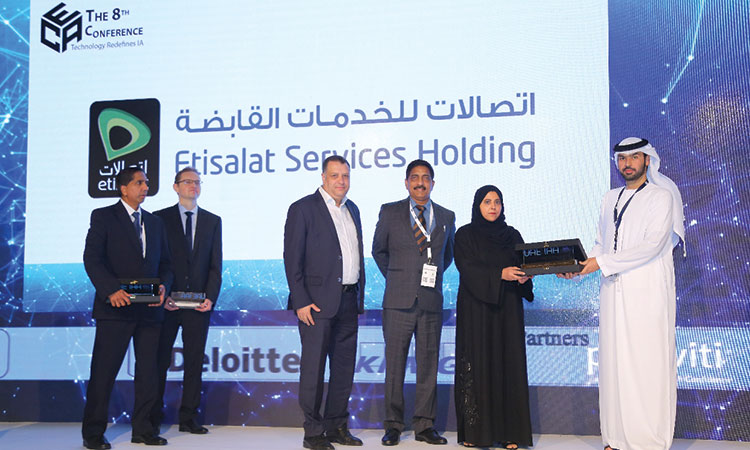AI could help in early diagnosis of autism

Various studies are underway to explore the use of AI for early detection of autism and the initiation of treatment.
“This is especially important as motor signatures appear early in autism -- usually before social symptoms. And this methodology does not involve potential biasing by the assessor,” said Lisa Aziz-Zadeh, a professor at USC. Previous studies have shown it is possible to use technology to categorise autism from typically developing individuals, but it can be difficult to distinguish autism from other similar developmental disorders.
For example, developmental coordination disorder -- primarily a motor skills disorder -- has features that overlap with autism.
Children with autism spectrum disorder often have both motor and sensory deficits in addition to the social deficits that are the hallmark of the disorder.
For the study, published in the Journal of Autism and Developmental Disorders, 54 children between the ages of 8 and 17 took part in a five-minute colouring game on iPads. Eighteen had autism, 16 had developmental coordination disorder, and 20 were developing typically.
The iPads collected touchscreen kinematic data -- for example, how hard kids are pressing and the jerkiness or velocity of movements.
The researchers used machine learning analytics, a form of artificial intelligence, to process the information. “We were able to correctly distinguish between a typically developing child and one with autism spectrum disorder with 76 per cent accuracy,” said Aziz-Zadeh.
Researchers also were able to correctly distinguish between typical development and developmental coordination disorder with 78 per cent accuracy, and autism and developmental coordination disorder with 71 per cent accuracy. The study was conducted in high-functioning children and adolescents with autism and needs to be replicated in larger, younger, and more diverse groups, researchers sAId.
“We would want to see this signature as early as possible,” sAId Christiana Dodd Butera, a postdoctoral student at USC. “Early identification allows for tailored therapeutic approaches, which result in better long-term developmental outcomes,” she added.
HIGHER LEVELS OF PRODUCTIVITY
As Generative AI continues to expand its footprint within enterprise functions, business and enterprise leaders need to balance technology and trust to unlock higher levels of productivity in 2024, say industry experts.
Generative AI or GenAI, which uses Large Language Models (LLM) to address complex tasks, has the potential to add a cumulative $1.2-1.5 trillion to India’s Gross Domestic Product (GDP) over the next seven years.
India can potentially add $359-438 billion in FY2029-30 alone, reflecting a 5.9-7.2 per cent increase over and above baseline GDP, according to a latest EY India report.
Approximately 69 per cent of the overall impact is expected to be derived from sectors such as business services (including IT, legal, consulting, outsourcing, rental of machinery and equipment, and others), financial services, education, retail and healthcare.
Geeta Gurnani, IBM Technology CTO and Technical Sales Leader, IBM India & South Asia, told IANS that boosting productivity with GenAI requires redesigning operating models, keeping in mind three things.
“Establish AI management and oversight roles like having a Chief AI Ethics Officer; expand AI skills beyond the IT department to optimise its use with greater transparency and AI-relevant knowledge across the enterprise; and introduce clear AI governance to explicitly address explAInability, bias, and reliability,” she said.
As we navigate the transformative landscape of GenAI tools in 2024, it’s evident that enterprises stand at the intersection of unprecedented productivity gains and inherent risks.
“The widespread adoption of AI-powered tools has become a business imperative, with IT leaders prioritising these technologies to enhance efficiency and customer service,” according to Cloud security provider Zscaler.
“On one hand, empowering employees through tools like ChatGPT opens new frontiers of innovation, but on the other we are introducing potential threats - especially when we look at cybersecurity. To harness the full potential of AI while mitigating risks, enterprises must adopt a multi-layered defense strategy,” a Zscaler spokesperson told IANS.
AI-driven sandboxing, App segmentation, and ML-driven data classification are pivotal in preventing compromise, eliminating lateral movement, and protecting agAInst data loss.
“These best practices align with the current cybersecurity landscape, allowing enterprises to stay ahead in the AI and LLM-driven arms race,” sAId Zscaler.
As Indian enterprises are substantially increasing their investments in AI, about 42 per cent of enterprises plan to spend more than Rs50 crore on AI initiatives in FY2024-25.
Indo-Asian News Service







